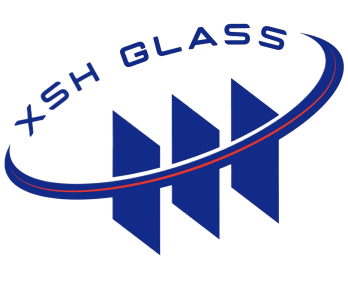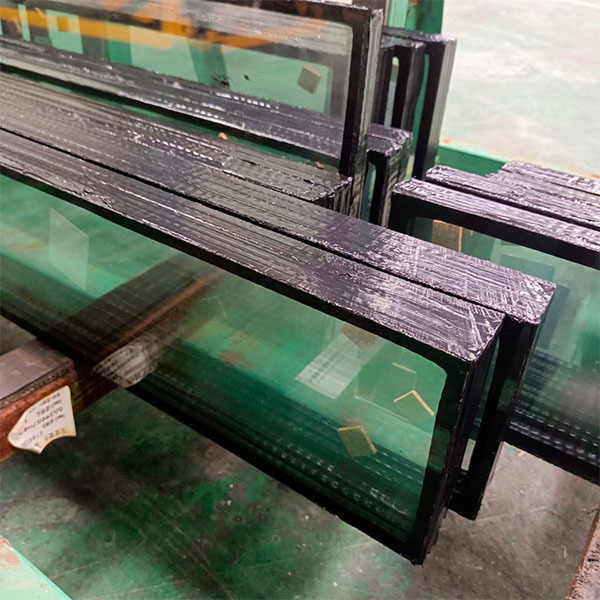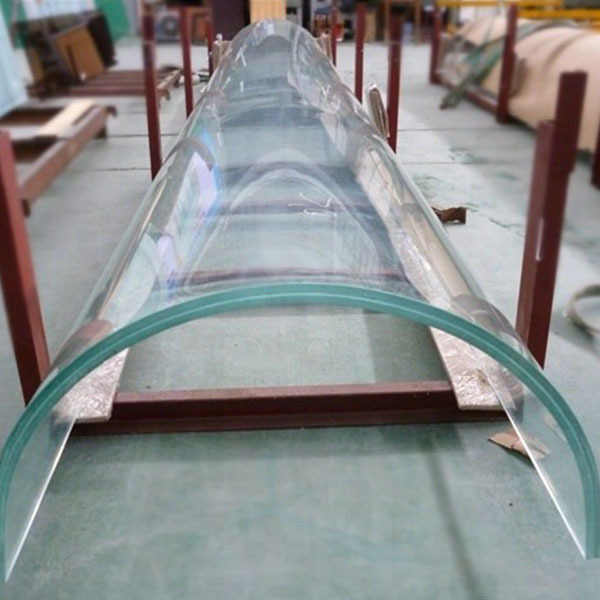Exploring Innovative Uses of Insulated Glass in Building Design
Release Time:
2025-10-18
Exploring Innovative Uses of Insulated Glass in Building Design Table of Contents 1. Introduction to Insulated Glass 2. Benefits of Insulated Glass in Architecture 3. Energy Efficiency and Insulated Glass 3.1 Thermal Performance of Insulated Glass 3.2 Sound Insulation Properties 4. Innovative Design Applications 4.1 In
Exploring Innovative Uses of Insulated Glass in Building Design
Table of Contents
- 1. Introduction to Insulated Glass
- 2. Benefits of Insulated Glass in Architecture
- 3. Energy Efficiency and Insulated Glass
- 4. Innovative Design Applications
- 4.1 Innovative Facades Featuring Insulated Glass
- 4.2 Skylights: A Bright Idea
- 4.3 Interior Partition Walls
- 5. Sustainability Aspects of Insulated Glass
- 6. Future Trends in Insulated Glass Technology
- 7. Case Studies: Successful Implementations of Insulated Glass
- 8. Frequently Asked Questions
- 9. Conclusion
1. Introduction to Insulated Glass
Insulated glass, commonly known as double or triple glazing, consists of two or more glass panes separated by a space filled with air or gas. This innovative design significantly enhances thermal performance, making it an essential component in modern architecture. In recent years, the use of insulated glass has expanded beyond traditional applications, leading to innovative uses that improve not only the aesthetics of buildings but also their energy efficiency and comfort.
2. Benefits of Insulated Glass in Architecture
The integration of insulated glass in building design offers numerous benefits that are pivotal to architects and builders alike.
3. Energy Efficiency and Insulated Glass
One of the most significant advantages of insulated glass is its ability to minimize energy loss.
3.1 Thermal Performance of Insulated Glass
Insulated glass units (IGUs) provide superior thermal performance, thanks to the insulating gas—typically argon or krypton—filled between the panes. This design can significantly reduce heat transfer, keeping interiors warm in winter and cool in summer. As a result, buildings that utilize insulated glass can maintain a stable indoor temperature, reducing reliance on heating and cooling systems and ultimately lowering energy bills.
3.2 Sound Insulation Properties
In addition to thermal benefits, insulated glass also serves as an effective sound barrier. The air or gas-filled space between the panes dampens sound waves, making it an ideal choice for buildings in noisy environments, such as urban areas or near airports. This property not only enhances comfort but also contributes to the overall quality of life for occupants.
4. Innovative Design Applications
The versatility of insulated glass has led to its incorporation in various innovative architectural designs.
4.1 Innovative Facades Featuring Insulated Glass
Architects have creatively employed insulated glass in building facades, allowing for expansive glazing that maximizes natural light while minimizing heat loss. Modern buildings often feature large insulated glass panels that create stunning visual aesthetics and promote energy efficiency. This design choice not only enhances the exterior appeal but also pays dividends in sustainability.
4.2 Skylights: A Bright Idea
Skylights made from insulated glass are increasingly popular in residential and commercial buildings. They provide ample natural light, reducing the need for artificial lighting during the day. Moreover, insulated skylights improve thermal performance, ensuring that the spaces beneath them remain comfortable year-round. Innovative designs, such as operable skylights, add functionality by allowing ventilation, further enhancing indoor air quality.
4.3 Interior Partition Walls
Insulated glass is also being utilized in interior partition walls, offering a modern, sleek look while maintaining acoustic privacy. These glass partitions are particularly favored in office spaces, where collaboration and openness are essential, yet sound insulation is required. The use of insulated glass in these settings promotes a sense of spaciousness while ensuring that noise levels are kept in check.
5. Sustainability Aspects of Insulated Glass
Sustainability is a significant consideration in modern architecture, and insulated glass plays a vital role in achieving green building certifications. The energy efficiency of insulated glass reduces carbon footprints, promoting eco-friendly practices in building design. Furthermore, many insulated glass products are manufactured using sustainable materials, making them an attractive option for environmentally conscious builders.
6. Future Trends in Insulated Glass Technology
As technology continues to advance, so too does the potential for insulated glass. Future trends include the development of smart glass, which can change its properties in response to environmental conditions. This innovation could lead to even greater energy savings and improved occupant comfort. Additionally, the integration of solar control technologies and advanced coatings will enhance the performance of insulated glass, making it an even more compelling choice for architects and builders.
7. Case Studies: Successful Implementations of Insulated Glass
Real-world applications of insulated glass provide valuable insights into its capabilities and benefits. For example, the Bullitt Center in Seattle, often referred to as one of the greenest commercial buildings in the world, employs insulated glass extensively to achieve its energy efficiency goals. The design maximizes natural light while minimizing energy use, showcasing how insulated glass can contribute to sustainable architecture.
Another notable example is the One World Trade Center in New York, which features insulated glass that meets stringent safety and energy standards. This building not only exemplifies resilience but also highlights the aesthetic potential of insulated glass in modern skyscrapers.
8. Frequently Asked Questions
1. What is insulated glass?
Insulated glass is a type of glazing that consists of two or more glass panes separated by a space filled with an inert gas, designed to reduce heat transfer and enhance energy efficiency.
2. How does insulated glass improve energy efficiency?
Insulated glass minimizes heat loss by providing a thermal barrier, keeping interiors at a consistent temperature and reducing the need for heating and cooling systems.
3. Can insulated glass be used in commercial buildings?
Yes, insulated glass is widely used in both residential and commercial buildings due to its energy efficiency, aesthetic appeal, and versatility.
4. What are the sound insulation properties of insulated glass?
Insulated glass effectively dampens sound waves, making it an ideal choice for buildings located in noisy environments, ensuring occupant comfort and privacy.
5. What are the future trends in insulated glass technology?
Future trends include the development of smart glass that can adapt to environmental conditions, enhanced solar control technologies, and advanced coatings for improved performance.
9. Conclusion
The innovative applications of insulated glass in building design have transformed the way we approach architecture, emphasizing energy efficiency, sustainability, and aesthetic appeal. As technology continues to evolve, the potential for insulated glass will only expand, leading to even more groundbreaking designs and applications. By understanding the benefits and possibilities of insulated glass, architects and builders can create spaces that are not only beautiful but also environmentally responsible and comfortable for occupants.



